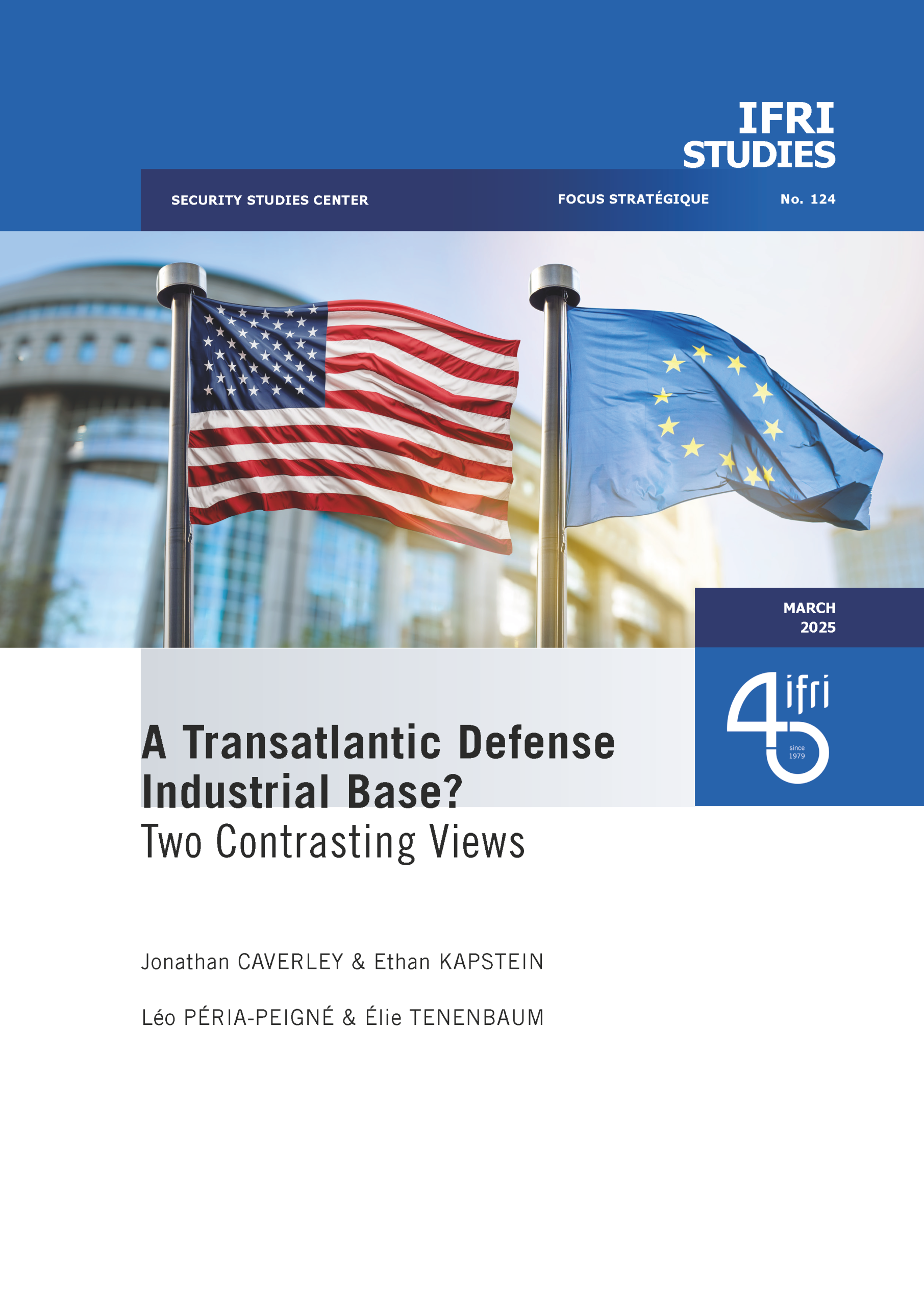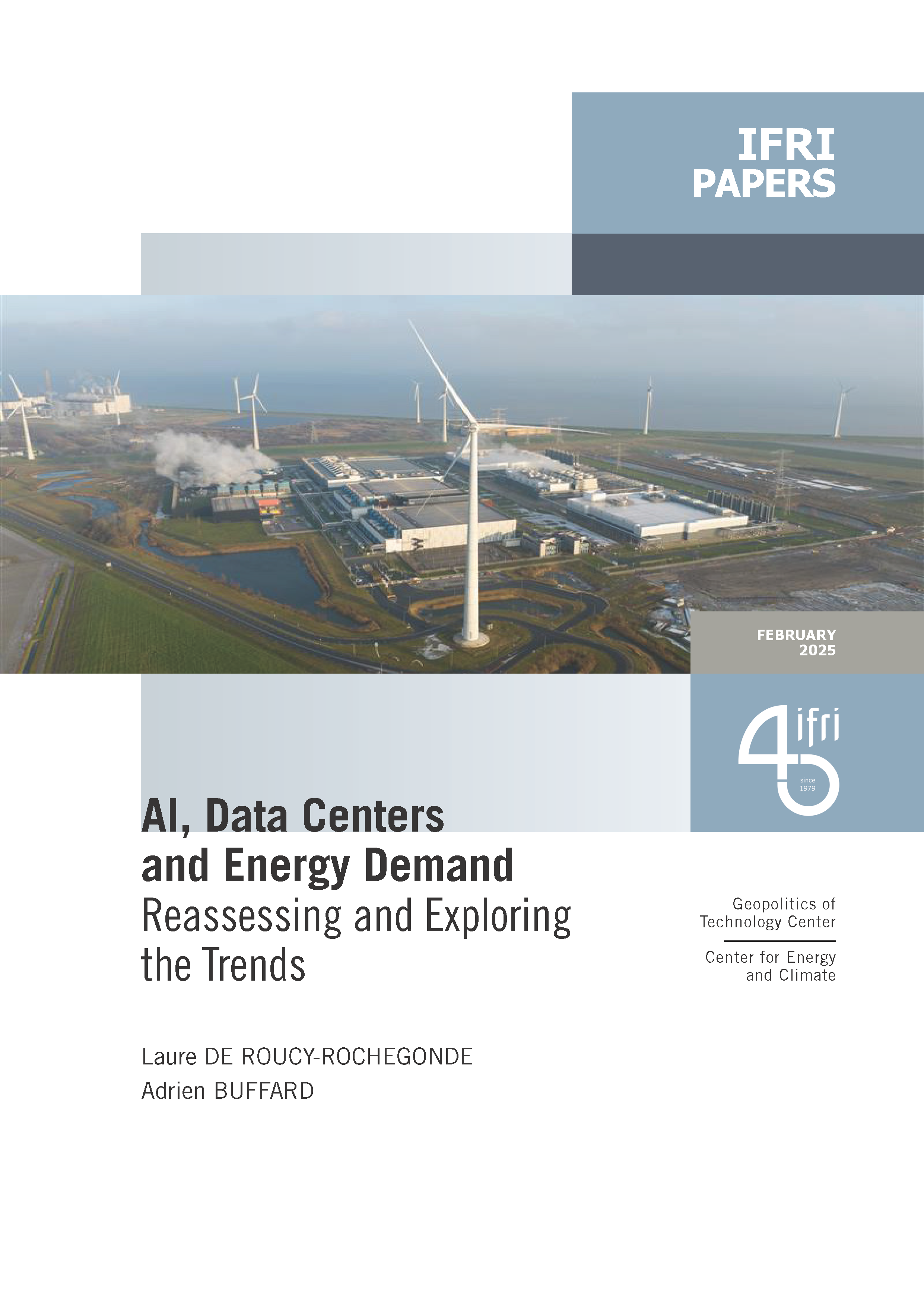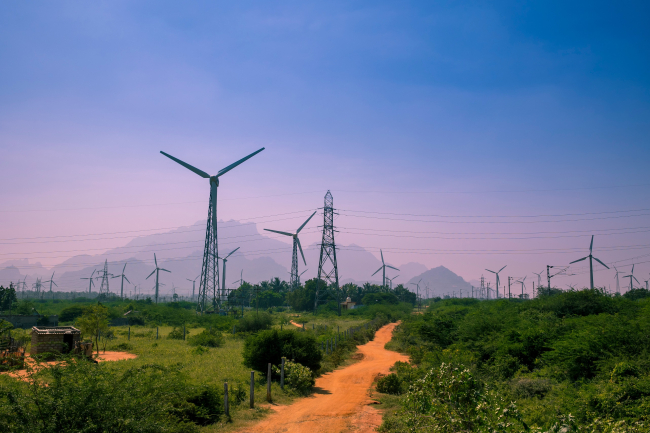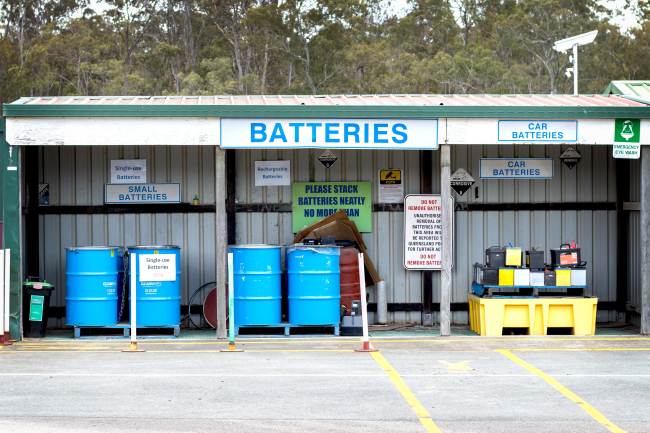The Aluminum Value Chain: A Key Component of Europe’s Strategic Autonomy and Carbon Neutrality
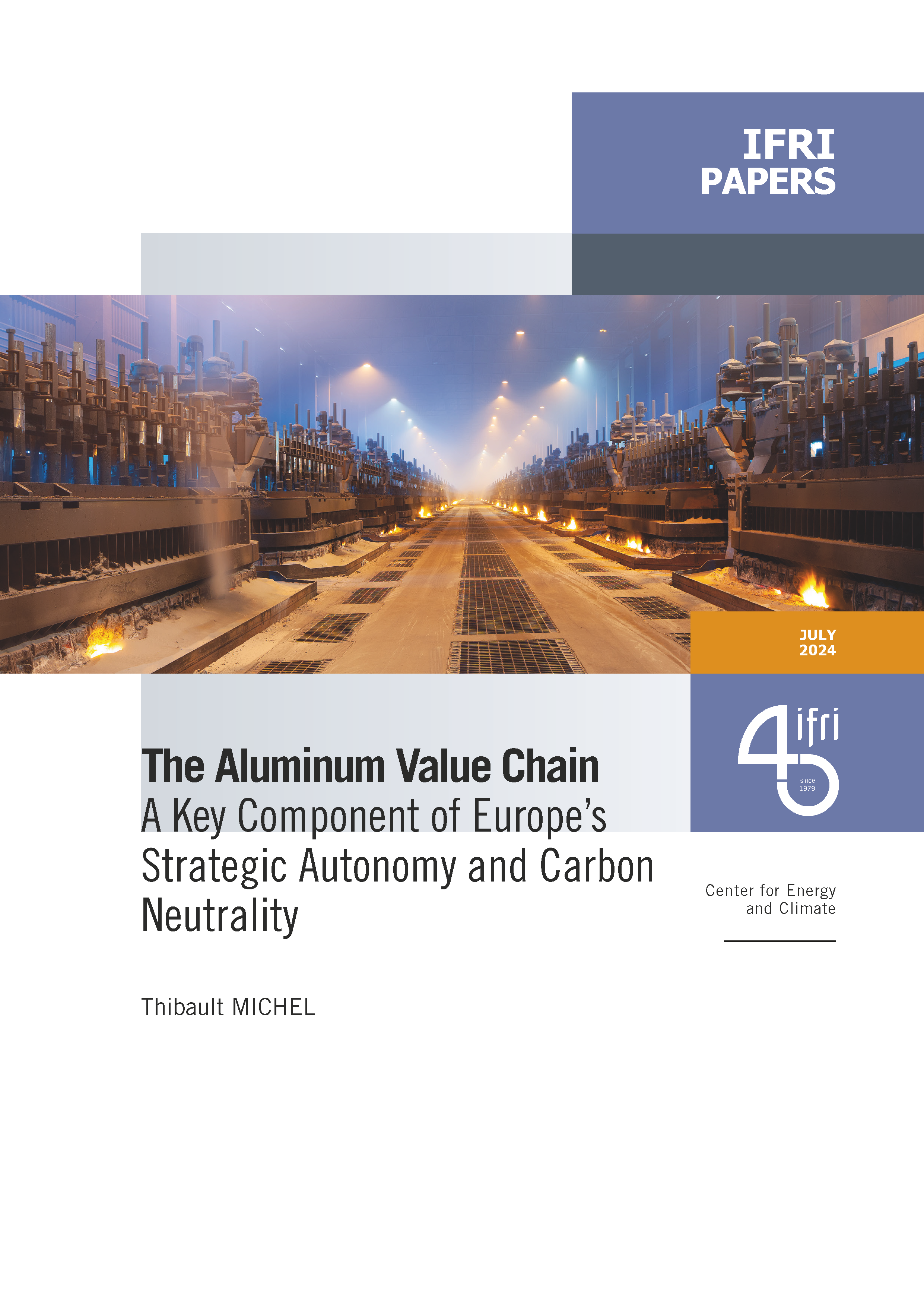
The United States of America (US), Canada and the European Union (EU) all now consider aluminum as strategic. This metal is indeed increasingly used, especially for the energy transition, be it for electric vehicles (EVs), electricity grids, wind turbines or solar panels.
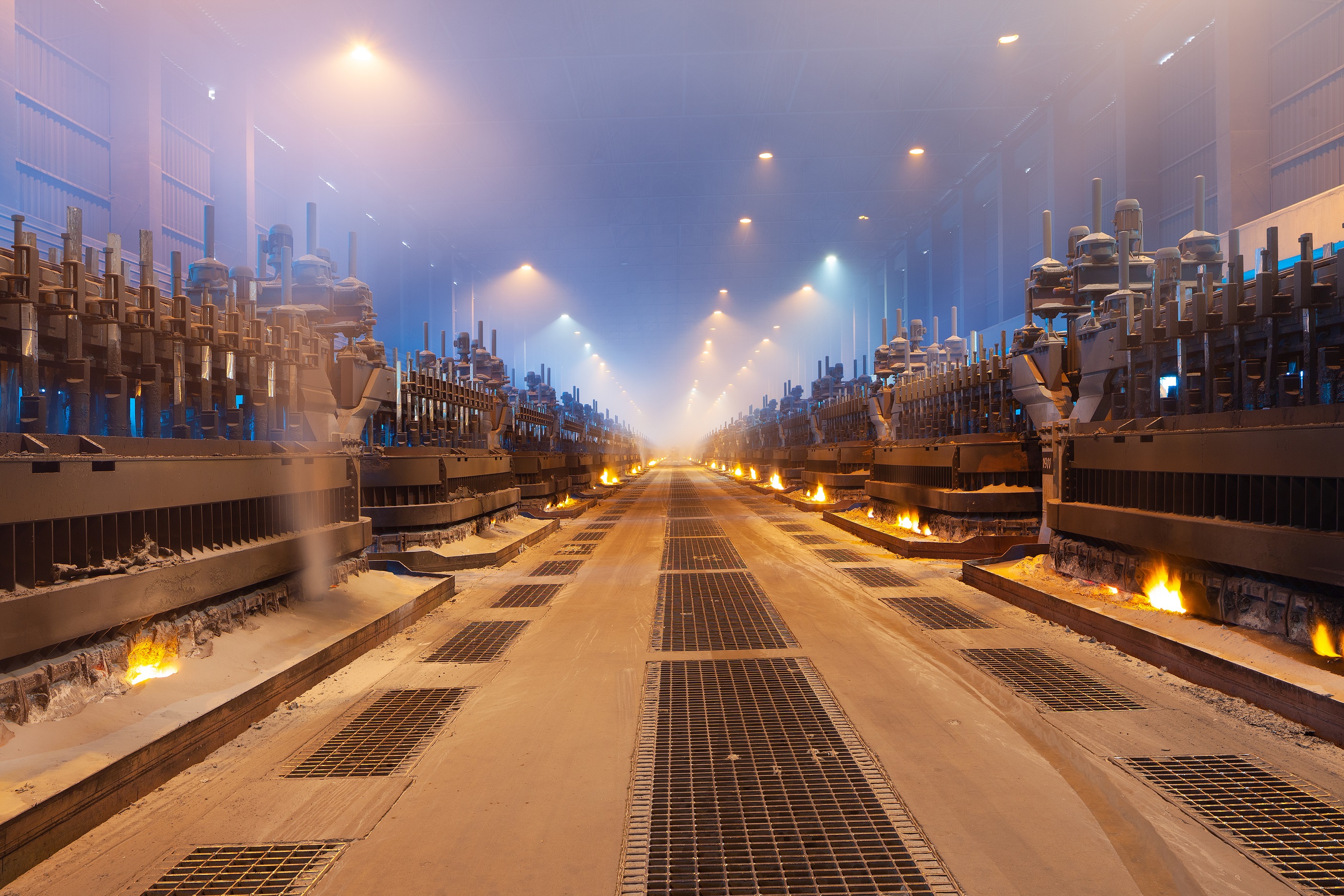
Europe will, therefore, need growing aluminum supplies in the coming years. However, the European aluminum industry has been weakened over the last decades and henceforth only represents a small share of global aluminum production. As a consequence, it cannot entirely meet domestic needs.
Aluminum has a substantial environmental footprint and its production, from bauxite to primary aluminum, comes with major greenhouse gas (GHG) emissions. Those emissions are especially due to the tremendous amounts of energy (gas and electricity) consumed during the industrial process, particularly for electrolysis. The major use of electricity entails an important influence of the structure of the national electricity mix on aluminum’s CO2 emissions. But some emissions are also specific to aluminum production, for instance, the ones produced by the chemical reaction operated within the scope of the electrolysis in order to transform alumina into primary aluminum.
As demand will grow in the coming years, Europe will have to produce more aluminum to meet the needs of its energy transition, while reducing the carbon footprint of its aluminum industry.
To address this challenge, several decarbonization technologies are currently under consideration. As for other industries, energy efficiency or electrification of the industrial processes (using low-carbon electricity sources) can help to reduce aluminum’s footprint. However, these two solutions have often already been implemented, especially to reduce energy costs. This partial implementation allows the European aluminum industry to have a carbon footprint of 6.8 tonnes of CO2 for 1 tonne of primary aluminum, while the global average is of 16.1 tonnes of CO2.
Recycling also has a key role to play since recycled aluminum consumes 96% less energy and emits around four times less GHG (regarding direct emissions) than primary aluminum. Nevertheless, if improving aluminum recycling in Europe will be a crucial step, additional primary aluminum supplies will remain essential and recycling is no silver bullet. All these solutions are relevant tools for the reduction of the European aluminum industry’s carbon footprint but will not be sufficient to reach carbon neutrality.
To do so, the aluminum sector will need disruptive technologies. Two of them are considered at present. First, carbon capture utilization and storage (CCUS), for which several projects are currently developed in Europe, especially in Norway, Iceland and France. Nevertheless, this technology requires major investment amounts while the smoke emitted during the electrolysis process is poorly concentrated in CO2. The second technology is inert anodes, for which three projects are currently being developed in the world, in Canada, Russia and Germany. Yet, the deployment of these two technologies at an industrial scale is not expected before 2030 and most likely, for later.
Facing rising energy costs while global aluminum prices are kept relatively low due to large Chinese supplies not being exposed to the same production costs, the European aluminum industry is also confronted with competitiveness issues. With the reform of the EU ETS legislation and the creation of the Carbon Border Adjustment Mechanism (CBAM), primary aluminum producers and processed product manufacturers are worried about international competition and a potential loss of competitiveness. If this mechanism appears to be a necessary policy to protect the European industry’s competitiveness while allowing the decarbonization of the most emitting industries, it also contains flaws, with circumvention risks.
Titre
The EU must take up the challenge of developing a decarbonized, competitive and resilient aluminum industry. To this end, several elements could be considered:
-
Reinforcing primary aluminum production in Europe;
-
Providing a larger support to the development of decarbonization technologies;
-
Improving recycling across Europe and limiting scrap exports;
- Extending the scope of the CBAM to a larger number of processed products and boosting EU’s climate diplomacy abroad;
-
Building resilience, with a focus on Europe alumina supply.

Available in:
Themes and regions
ISBN / ISSN
Share
Download the full analysis
This page contains only a summary of our work. If you would like to have access to all the information from our research on the subject, you can download the full version in PDF format.
The Aluminum Value Chain: A Key Component of Europe’s Strategic Autonomy and Carbon Neutrality
Related centers and programs
Discover our other research centers and programsFind out more
Discover all our analysesAI, Data Centers and Energy Demand: Reassessing and Exploring the Trends
The information and communication technologies sector today accounts for 9% of global electricity consumption, data centers for 1-1.3%, and artificial intelligence (AI) for less than 0.2%. The growing energy demands of cloud services first, and now AI workloads (10% of today’s data centers electricity demand), have exacerbated this trend. In the future, hyperscale data centers will gain shares amongst all kinds of data centers and AI will probably account for around 20% of data centers electricity demand by 2030.
Unlocking India’s Energy Transition: Addressing Grid Flexibility Challenges and Solutions
India is rapidly scaling up its renewable energy (RE) capacity, adding 15–20 GW annually, but the ambitious goal of 500 GW of non-fossil capacity by 2030 is at risk unless the pace accelerates.
Europe’s Black Mass Evasion: From Black Box to Strategic Recycling
EV batteries recycling is a building block for boosting the European Union (EU)’s strategic autonomy in the field of critical raw minerals (CRM) value chains. Yet, recent evolutions in the European EV value chain, marked by cancellations or postponements of projects, are raising the alarm on the prospects of the battery recycling industry in Europe.
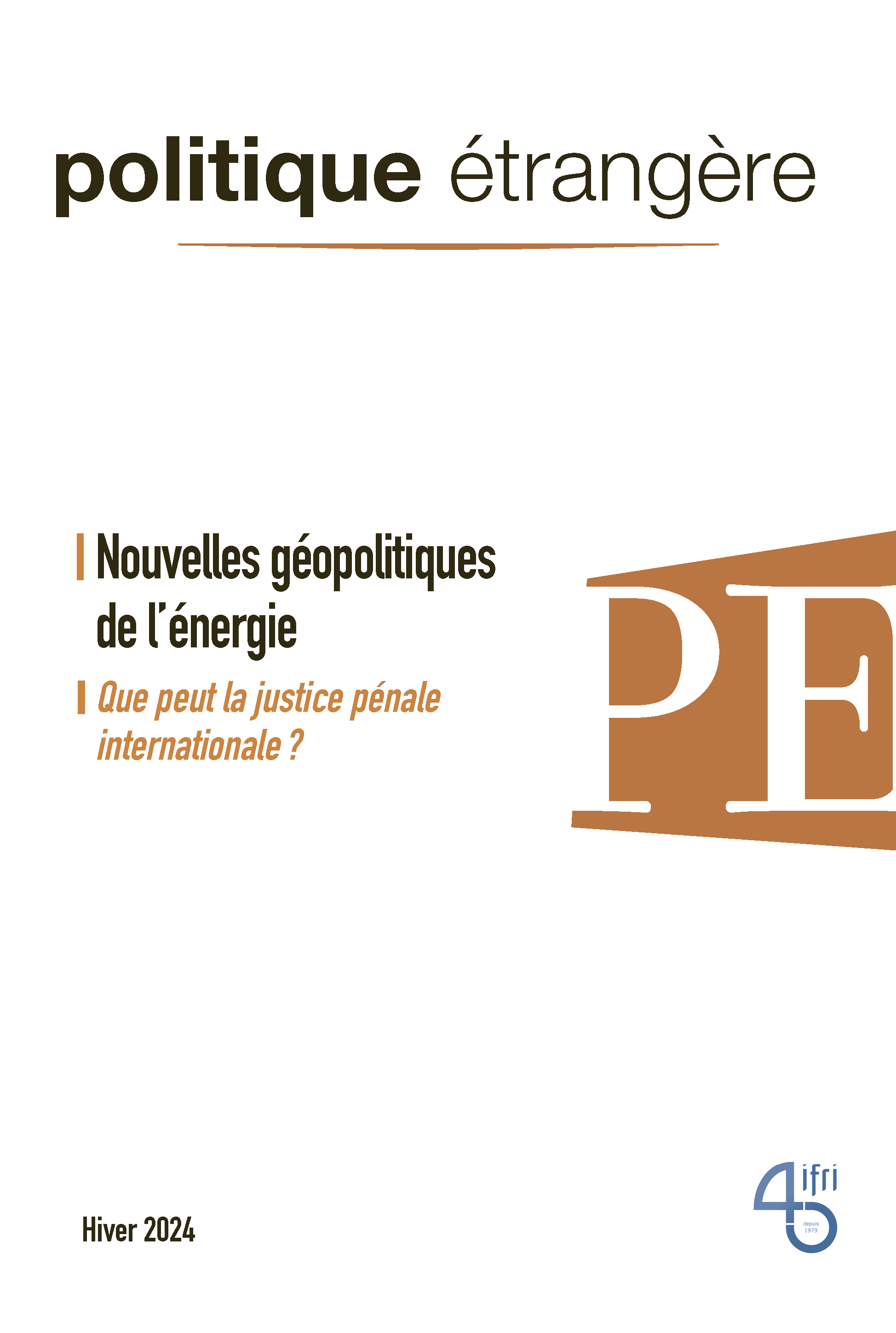
The New Geopolitics of Energy
Following the dramatic floods in Valencia, and as COP29 opens in Baku, climate change is forcing us to closely reexamine the pace—and the stumbling blocks—of the energy transition.


